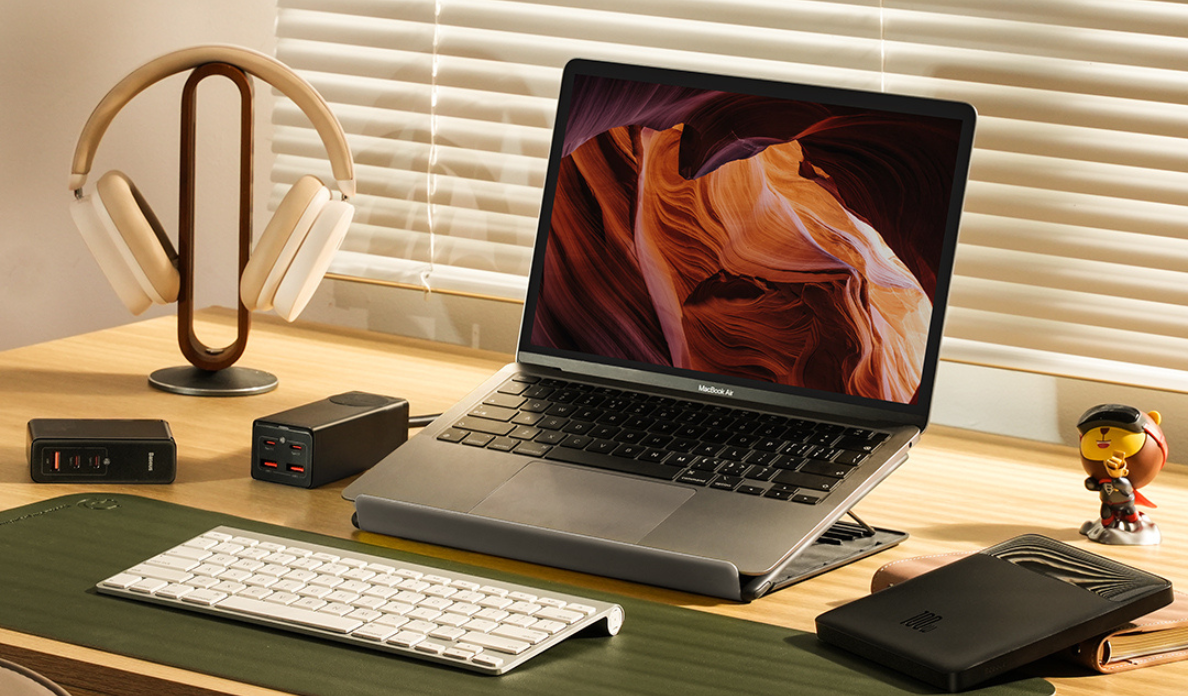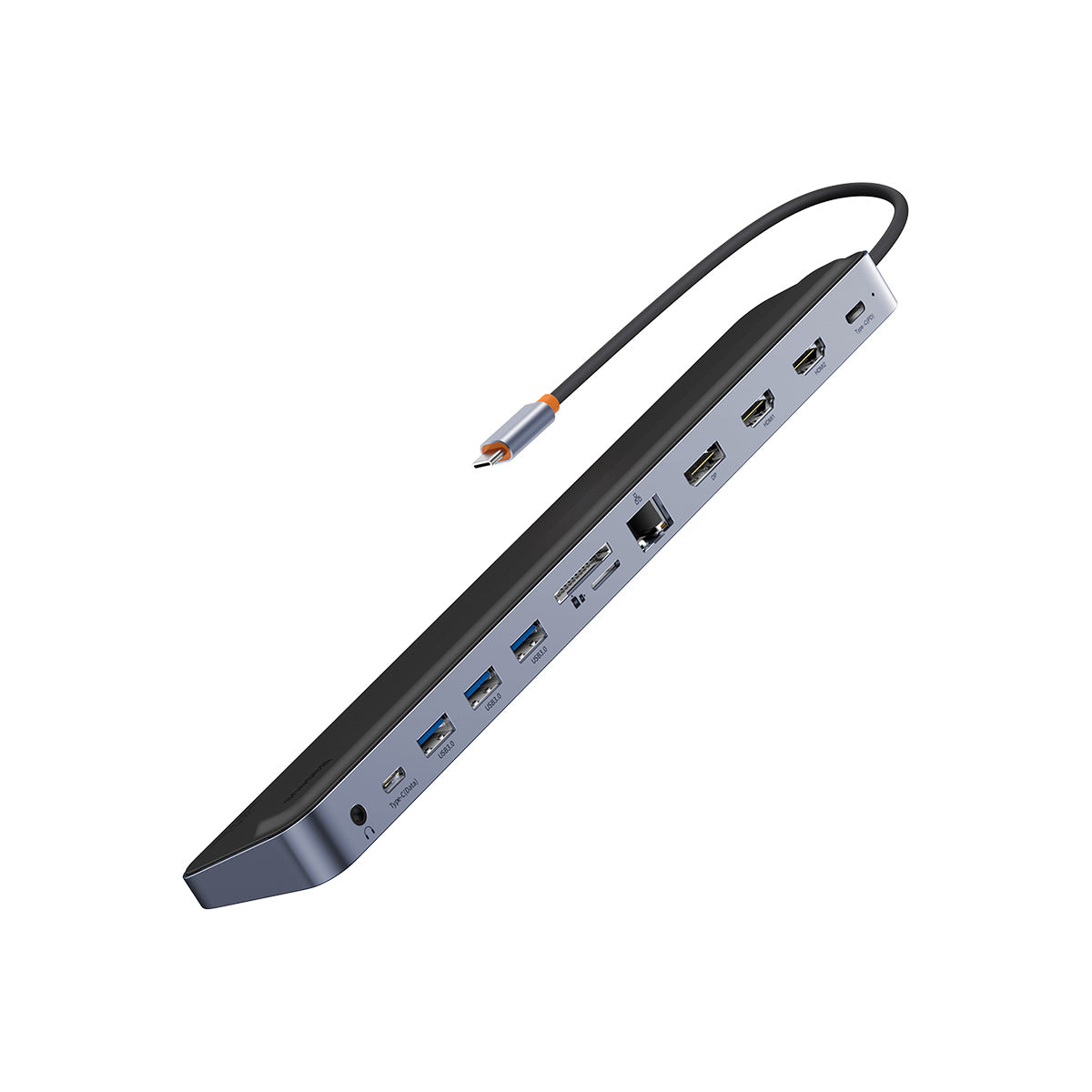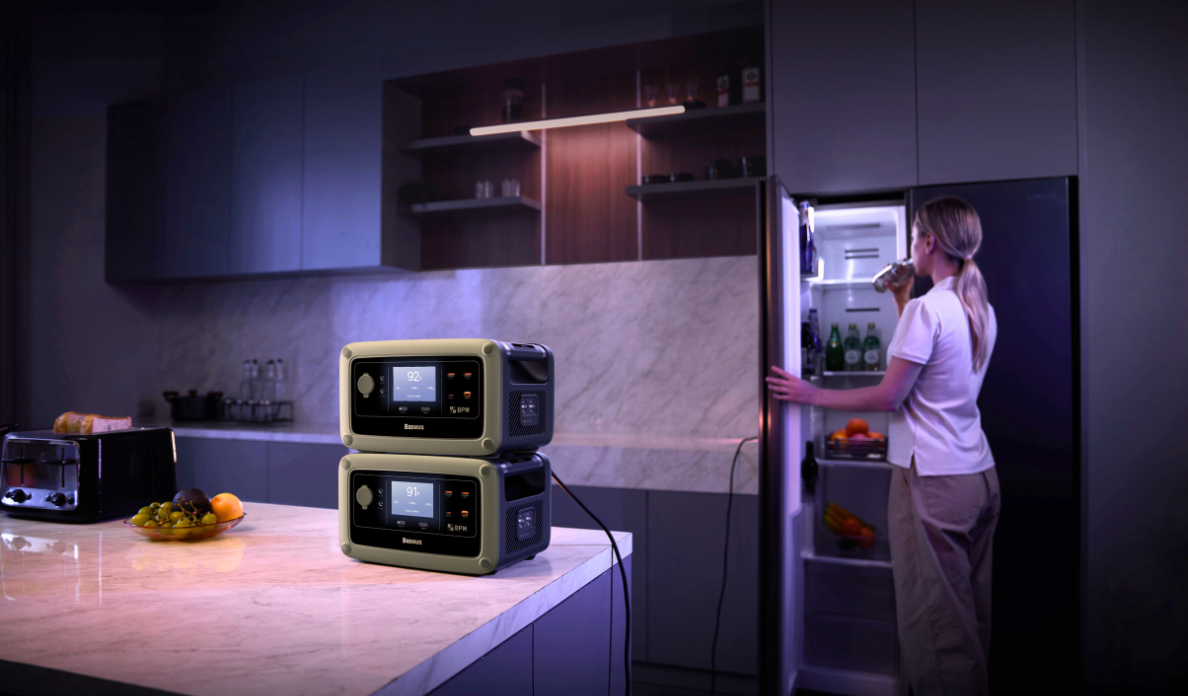Step into the world of striking images, where every detail is brought to life! You've probably heard about 4K and 8K resolutions, but what do they imply, and why should you care?? Is 8K better than 4K, and should you be excited about it?
Let us take a closer look at both.
4K: This is the current trend in TV resolution. It's all about having more pixels and tiny dots that make up the image on your screen. Compared to standard HD, 4K provides four times the number of pixels, resulting in vivid and detailed images.
8K: The new kid on the block is stepping ahead from 4K. It's crisper than 4K since it has more pixels. 8K provides four times the number of pixels that are 4K, resulting in an image that is not only clear but also extraordinarily sharp and lifelike.
Finally, choosing 4K or 8K depends on your budget and desire for the highest possible picture quality. 4K is already wonderful, and it's excellent, but If you are a die-hard movie fan or a computer geek, 8K may be worth considering.
Here's an in-depth breakdown:
What is 4K Resolution?
4K resolution, often known as Ultra High Definition (UHD), refers to a horizontal resolution of around 4,000 pixels. The most popular 4K resolution in consumer media is 3840 x 2160 pixels. This is four times the pixel count of Full HD (1080p), resulting in a far crisper and more detailed image.
Key Points about 4K:
- Resolution: 3840 x 2160 pixels (UHD), totaling over 8 million pixels.
- Professional Standard: In cinema, the Digital Cinema Initiatives (DCI) standard for 4K is slightly higher at 4096 x 2160 pixels.
- Benefits: Enhanced detail, more vibrant colors, and improved overall picture quality compared to 1080p.
- Use Cases: Ideal for TV shows, movies, video games, and professional production.
What is 8K Resolution?
8K display is the next step up from 4K, with a horizontal resolution of around 8,000 pixels. The usual resolution for 8K screens is 7680 × 4320 pixels, four times as many pixels as a 4K monitor and sixteen times that of Full HD.
Key Points about 8K:
- Resolution: 7680 x 4320 pixels, totaling over 33 million pixels.
- Benefits: Exceptional detail and clarity are ideal for large screens and close viewing distances.
- Challenges: It requires significantly more storage and bandwidth for content creation and distribution, and the 8K content is limited in availability.
Comparison: 4K vs. 8K

1. Pixel Count and Image Clarity
4K resolution is high, with approximately 8.3 million pixels arranged in a 3840 x 2160 grid. This arrangement creates a more precise display than 1080p (Full HD). 4K is suitable for standard viewing distances and screen sizes of up to 65 inches, balancing quality and convenience. Its improved clarity guarantees that visuals are clear and colorful, providing an engaging viewing experience across various materials, including movies, television shows, and video games.
In contrast, 8K res elevates visual clarity to new heights, with over 33 million pixels crammed into a 7680 × 4320 resolution. This plethora of pixels results in outstanding clarity and detail, making it preferable for more giant screens, particularly those more significant than 70 inches, and close-up viewing conditions. Individual pixels become less visible even at close range, resulting in a visually realistic appearance. This remarkable clarity is beneficial in applications that need exact accuracy, such as professional editing suites and large-scale displays, where every detail counts.
2. Content Availability
4K material is readily accessible on primary streaming services such as Netflix, Amazon Prime, YouTube, and Disney Plus. It is also available on 4K Blu-ray discs and is increasingly aired, but not as frequently as streaming or physical media. Gaming consoles like the PlayStation 5 and Xbox Series X allow 4K gaming.
The availability of 8K material is low. While specific sites like YouTube provide some, they are uncommon. Physical media for 8K is nearly non-existent, and broadcast and game support for native 8K is limited. Most game material is upscaled from lower resolutions.
3. Cost and Accessibility
Regarding pricing, 4K TVs and monitors are far more accessible to customers, with a wide choice of solutions available at various price ranges. This affordability has cemented their place as a regular fixture in many homes, allowing consumers to experience high-resolution material without breaking the budget. As a result, ubiquitous availability and cheap cost have contributed to the widespread adoption of 4K technology among content providers and ordinary viewers looking for better viewing experiences.
Due to its advanced technology, 8K technology is expensive, making it a niche market. Adoption is limited to enthusiasts and professionals. While production costs may decrease, 8K remains a premium option for those seeking high visual fidelity and clarity. This transition may take several years.
4. Hardware Requirements
Compatibility with 4K technology is not a severe issue, as most recent TVs, cameras, and streaming devices accept HDMI 2.0 cables and devices. This compatibility guarantees the smooth transmission of 4K material without requiring extra modifications. Furthermore, 4K works seamlessly with existing home entertainment systems, needing only minor changes to existing infrastructure.
Meanwhile, 8K technology requires specialized gear to accommodate its higher resolution. HDMI 2.1 connections and devices capable of handling more excellent data rates are needed to deliver 8K material efficiently. Furthermore, improved processing capabilities are required, necessitating more powerful CPUs and graphics units to handle the high data flow and rendering needs of 8K video. Regardless of these requirements, investing in 8K hardware today may be considered a future-proofing strategy, assuring compatibility and preparedness for when 8K content becomes more prominent in the market.
5. Storage and Bandwidth
4K material takes up less space than its 8K version, making it more suitable for home usage and streaming. A regular 4K movie takes up about 100 GB on a Blu-ray disk, making it reasonable for storage and distribution.
Because of its increased quality and file size, 8K material requires a substantial amount of storage space. Depending on compression and quality, an 8K video might take up to 200 GB or more, causing storage and distribution problems.
Furthermore, the bandwidth requirements for streaming 8K material are much greater than for 4K. While streaming 4K material normally requires a minimum internet speed of 25 Mbps, streaming 8K content involves high-speed internet connections capable of handling huge file sizes and data rates. Recommended streaming rates for 8K material exceed 50 Mbps, which may not be available to all users, limiting general adoption and accessibility.
6. Viewing Distance and Screen Size
Regarding the ideal viewing distance, 4K technology provides an immersive experience for spectators. The optimum viewing distance for a 65-inch screen is 8 feet (2.5 meters). Viewers may perceive the resolution at this distance without focusing on individual pixels, resulting in a visually gratifying experience. 4K technology is ideal for displays spanning 40 to 65 inches, balancing quality and usability.

The Baseus Joystar 9 in 1 USB-C Hub provides a versatile solution for expanding your device's connectivity, ideal for those using 4K displays and needing multiple ports for peripherals.
On the other hand, 8K technology elevates visual immersion to a new level. To truly perceive the finer details on an 85-inch screen, viewers should sit 5 feet (1.5 meters) or closer. At this distance, viewers can see the complexities of the high-resolution information, producing an unrivaled degree of visual clarity and realism. As a result, 8K technology is ideally suited for screens larger than 70 inches, where the high pixel count can be fully used to provide an amazing viewing experience. However, the perceived difference on smaller displays may be restricted, reducing the benefits of higher resolution.

The Baseus 12-in-1 Laptop USB-C Hub is perfect for power users and professionals working with high-resolution content. It offers extensive connectivity options and supports the demanding needs of 8K setups.
Practical Implications
For most users, 4K significantly boosts image quality over 1080p without the exorbitant cost and constraints of 8K. It finds a balance between quality, content accessibility, and pricing.
While remarkable, 8 K better suits hobbyists, professional workplaces, and future-proofing systems. As technology progresses and 8K content becomes more widely available, it will undoubtedly become more feasible for everyday usage.
Final Words
Both 4K and 8K resolutions are significant developments in display technology. While 4K is now the sweet spot for most users, providing good quality and a diverse choice of material, 8K represents the cutting edge of visual technology, promising even more detail and immersion for those willing to invest in the required equipment.

Understanding these distinctions allows you to decide which resolution best meets your goals, whether you're a content developer looking for the finest quality or a consumer looking for the best viewing experience.
You can also explore other options on our Hubs & Docks collection page.
Enhance your tech setup with the right tools to enjoy the full advancements in display technology.
 United States/English
United States/English






